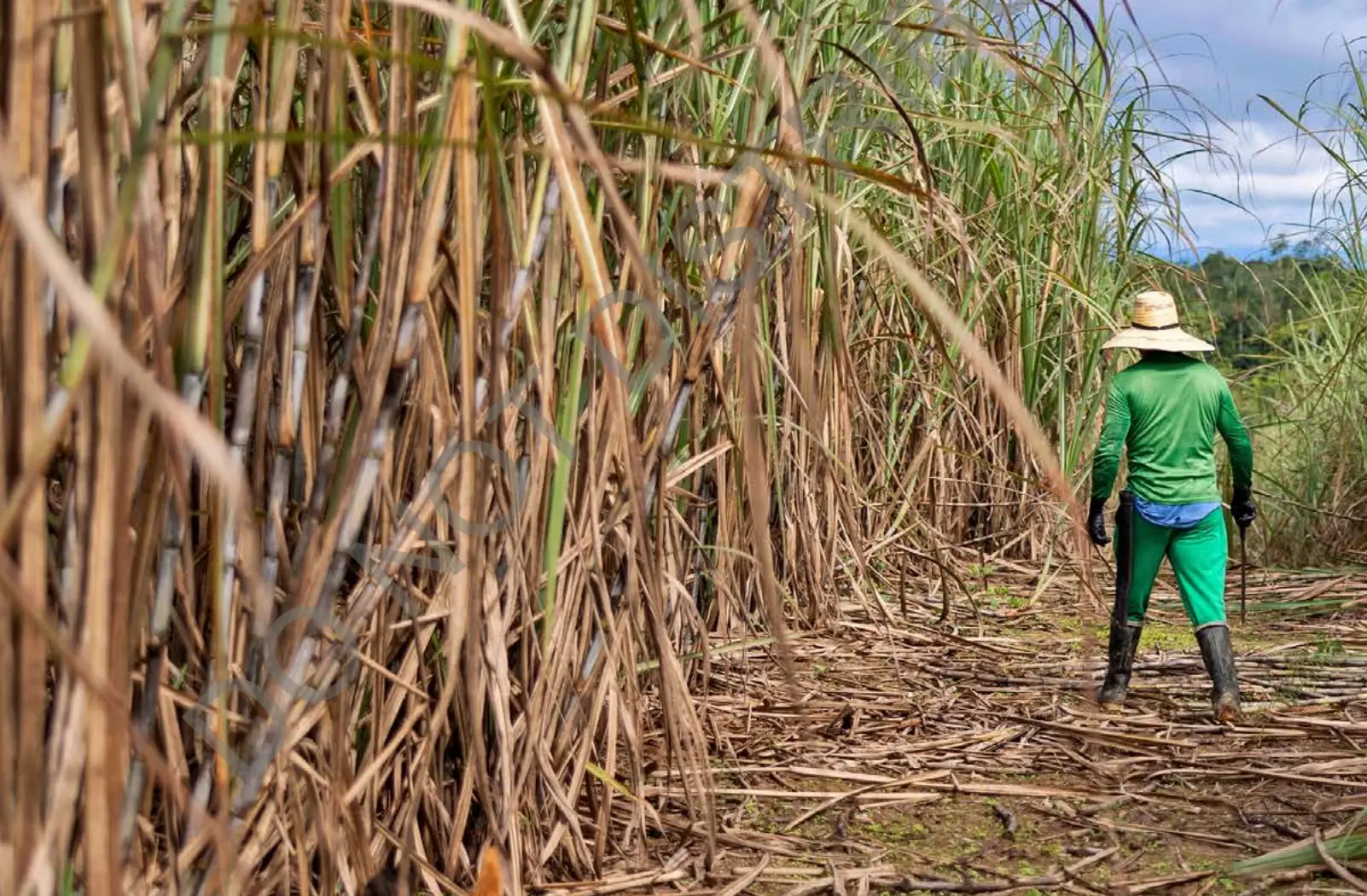ImpactAlpha, Oct. 13 – Acumen made a simple if unconventional promise to early backers of its strategy to make long-term and “patient” investments in companies serving some of the world’s poorest customers in largely underdeveloped markets.
“We won’t return your money,” they told philanthropic investors. “We will return you change.”
“The initial thesis was right,” Acumen’s Dan Waldron tells ImpactAlpha. “If you’re going to take on a lot of risks in early stage experimental solutions to problems of poverty, it’s not an economical or commercial investment model.”
You will get some returns, he says. “And you can create just a ton of impact on much deeper stuff than you can if you’re trying to return 20% annualized.”
Acumen’s return, in contrast, is projected at -9%, or 91 cents on every dollar invested. But the firm’s portfolio has touched the lives of an estimated 380 million people and has crowded in close to $1 billion in follow-on investment.
“Our story has been one of risk-taking at a time in history that requires each of us to dare to do more,” Acumen’s Jacqueline Novogratz writes in “Investing as a Means,” a new report shared exclusively with ImpactAlpha. Impact investing as a sector can do better, she says, “if more funds allocate capital to where it is most needed, rather than to where it is safest.”
By the numbers
The report takes stock of what has worked and what hasn’t in building markets, scaling essential businesses and deploying capital with a goal of delivering impact first.
Acumen has invested $115 million in 123 emerging-market social enterprises since 2001. It has recovered $36.8 million and values its current portfolio at $68.6 million, netting a loss of $10 million. It has had profitable exits in six companies: D.light (partial), Sanergy, Ansaar Management Co., KopaGas, DART and M-KOPA.
Add it up and that’s a projected 0.91x multiple on invested capital, or MOIC, over two decades. Not to worry: that was close to the target return of 1x.
Acumen raises philanthropic funds and invests them as equity, quasi-equity, debt, guarantees or grants. It backs off-grid energy, smallholder agriculture and other ventures serving the global poor. And it recycles any returns it does make back into new investments.
Acumen says its portfolio companies have impacted nearly 400 million people with off-grid energy, smallholder agriculture, health and financial products and services. It estimates nearly 150 million of those beneficiaries live on less than $3.20 per day.
More than half of the customers of its energy companies are accessing renewable energy for the first time. The organization knows this through customer surveys conducted with the Lean Data methodology, which the organization incubated then later spun off as 60 Decibels.
More than 60% of its agriculture companies’ customers have no access to an alternative buyer or service provider. Roughly 58% of cookstove customers say the stove has “very much improved” their lives.
Seven lessons
“We’ve had our share of failures, too, and with each of them came lessons,” says Novogratz. Among them:
1. Serving poor customers is possible. “You can’t build a business just serving people living on less than $3 a day,” says Waldron. Companies with 30% to 40% of their customers living in poverty have been most successful across the energy, agriculture, and workforce development sectors.
Companies that reach a higher percentage of poor customers provide essential services like urban sanitation or ambulance care and generally rely on the government as the sole payer.
2. Aim for singles, not home runs. Acumen’s hit rate has been good, including successful investments in d.light, m-Kopa and Burn Manufacturing. But for Acumen’s top 20 most profitable companies, the aggregate return is 2.1x (and most is unrealized).
“The winners don’t pay for the losers in the way that they do a traditional venture capital model,” says Waldron.
3. Losers can be impact winners, too. The companies in Acumen’s portfolio in which they expect a loss have still reached nearly 160 million people.
“We’re going to get a blend of returns back,” says Waldron. “But it’s only a successful investment if the company is actually making real progress on a significant problem.”
4. Equity is shiny, but debt delivers. An outsized percentage of Acumen’s cash returns have come from debt. Most equity is still outstanding. Equity hasn’t been a fit in product-heavy industries like agriculture, says Waldron.
“There’s just not that many companies that are going to eat the world,” he says. Acumen built royalty payments into a convertible note with organic cocoa company Lizard Earth in Sierra Leone. The structure helps the company avoid debt and allows Acumen to earn a reasonable return.
5. Capital can be catalyzed, in some cases. Acumen’s equity investments have unlocked just under $1 billion in follow-on capital, or about a 7x leverage. “That works where it works and it’s great, but it does not work everywhere,” says Waldron. Acumen’s leverage in the energy sector is about 11x; in agriculture, just 3x. “Scale just looks different. Growth trajectories are different.”
6. Carbon credits can bring down costs. With an Acumen investment, Ghana-based Burn Manufacturing has grown to become one of the largest biomass cookstoves companies in the world. A good quality cookstove is costly to manufacture but can save a household significantly on what they spend on coal and wood.
Burn’s business took off when it figured out how to sell carbon credits to make the stoves more affordable. Burn has helped mitigate tens of million of tons of carbon, monetized that for credits and radically driven down the cost of cookstove.
7. Patient capital can build markets, not just companies. Acumen has invested more than $30 million in 27 off-grid companies. One study in Kericho, Kenya showed the number of solar products on the market increased from two to 84 in the years following Acumen investments in d.light and M-KOPA. Prices for off-grid products fell 65% and sales grew 32x.
Off-grid energy companies in the portfolio have reached more than 134 million people with products from lanterns to solar home systems. Says Waldron, the market “was just completely transformed.”











